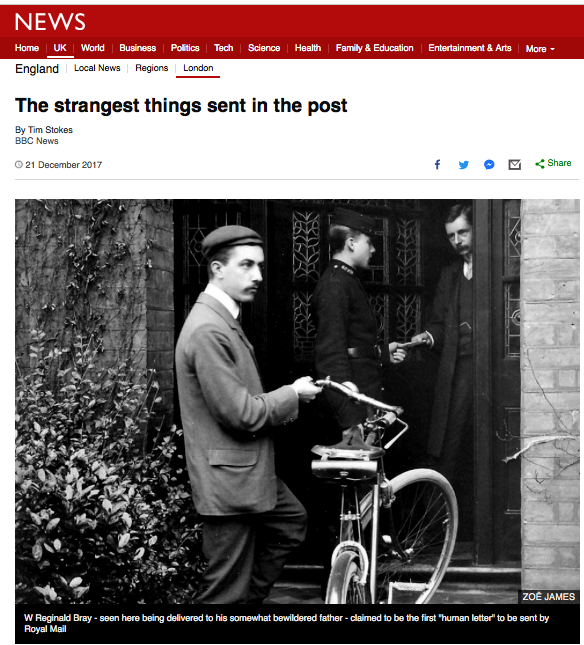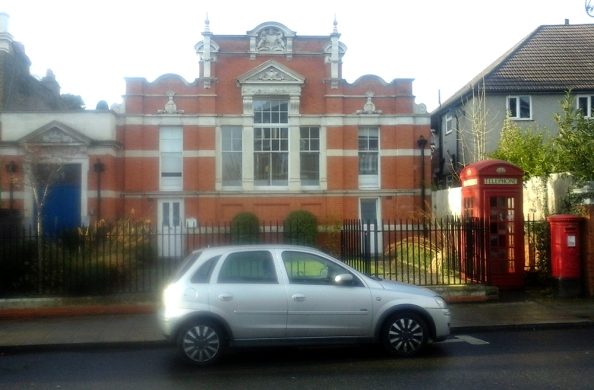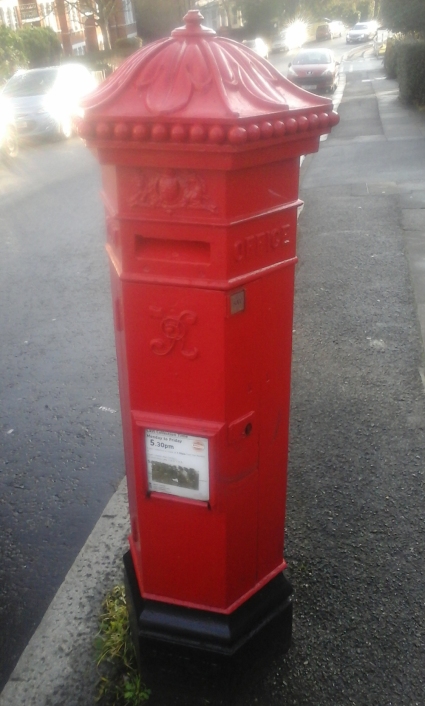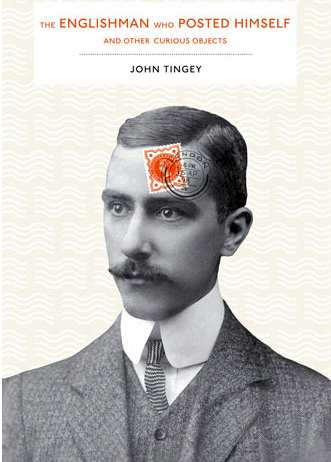
From a post earlier this year but remixed in November 2017 for an outside writing project.
The Strand Lane Roman Bath, 5 Strand Lane, London WC2R 1AP
They say don’t ever meet your heroes as you’ll be disappointed and I think that applies to visiting some ancient monuments too. I’ve always had a love of all things Roman, an early memory is of visiting the Lunt Roman Fort in Coventry as a child and being mesmerised watching Roman soldiers in metal helmets marching on the parade ground, brandishing swords and looking menacing. Little did I know that they weren’t part of the Roman legion just Coventry council workers on overtime dressed up for the day (I kid you not!)
I now live in London with its own fair share of real Roman antiquities but have long been fascinated by the so called “Roman” bath in Strand Lane, a quirky attraction just off the beaten track that could easily be missed. It’s not far from the BBC’s old HQ Bush House and just behind the disused Aldwych tube station at the Fleet Street end of The Strand.
Roman? It’s probably not. It’s more than likely a cistern for a garden water feature of the original Somerset House nearby dating from the early 1600’s. In the 1770’s the cistern was reclaimed and advertised as a “cold bath” and it’s presumed in the 1830’s the owner thought if they gave it a Roman angle (“The old Roman spring bath”) more punters would use it and it’s stuck ever since. More on the bath’s history here and here.

Up until earlier this year it was easy to view, all you had to do was walk up Strand Lane to the building that has a National Trust sign outside (above) and if the gate was unlocked you could peer at the interior through a grill. On the numerous occasions I’ve been I’ve looked through the (if not dirty then steamed up) window seeing next to nothing but my own reflection, my imagination running wild, all the time dreaming that one day I would go inside and see the “antiquity” close up.
Since the London Bridge terrorist attack in June it’s a lot more difficult to see the bath as the passageway through Surrey Steps is now permanently locked and there’s a security guard at the bottom of Strand Lane letting only Kings College employees in. The only ways to see it now are on the annual Open House day (where architectually interesting buildings in the capital are open to the public) or arranging a visit by emailing David Creese at dcreese@westminster.gov.uk giving at least a week’s notice which will let you gain access to the building (and it’s free of charge too!)
I made an appointment and on the day, after a security check at the bottom of Strand Lane showing my confirmation email I was met at the site by a Westminster Council gardener (what is it with council workers and Roman remains?) from the nearby Embankment Gardens who let me in but stood outside for the duration of my visit. If you intend to go do read up about the place first as you won’t be getting a tour of the guided variety.

The building certainly had an air of antiquity as first thing I noticed as I entered the dark interior was the pungent smell of damp then the feeling of intense cold. The council worker didn’t mention it but on the wall of the entrance hall (to the left) inside were a couple of switches; one for the lights in the hall and the other for the light over the actual bath itself. Below the switches was a table with a couple of barely readable photocopied sheets about the history of the bath. To the right was a bricked up tiled doorway to what once led to a second bath The Essex bath which is now buried beneath the rear basement of what once was The Norfolk Hotel now part of King’s College in Surrey Street (more info and pictures of The Essex bath here). At the end of the hall was a small dark room (above) with a couple of mis-matched wooden chairs, a Roman bath sign and a modern day fusebox giving it a look of an execution chamber. It’s a room you certainly wouldn’t want to spend the night in.
At the end of the hall was a small dark room (above) with a couple of mis-matched wooden chairs, a Roman bath sign and a modern day fusebox giving it a look of an execution chamber. It’s a room you certainly wouldn’t want to spend the night in.
 To the left was the area where the brick plunge bath was, the water looking as clear as a bell and very inviting (if a bit cold). It would have been great to join the likes of Charles Dickens and the fictitious David Copperfield who enjoyed a dip there but a metal bar stopped you from going any further to explore the bath or its surrounds. To the side of the bath was a not very Roman 1960’s style serving hatch (above).
To the left was the area where the brick plunge bath was, the water looking as clear as a bell and very inviting (if a bit cold). It would have been great to join the likes of Charles Dickens and the fictitious David Copperfield who enjoyed a dip there but a metal bar stopped you from going any further to explore the bath or its surrounds. To the side of the bath was a not very Roman 1960’s style serving hatch (above). The biggest disappointment was the lack of anything there that even looked remotely Roman. It is said in the past the room was decorated in a Roman style complete with wall tiles and stone busts but sadly there’s nothing of the sort these days. Amongst the broken paving stones lying on the bare flooring I did see what I thought was a discarded statue of a Roman deity (below) but on second glance it was a piece of twisted up copper pipe. Even though I’d been obsessed with the bathhouse for years there wasn’t much there to hold my interest, the cold and damp didn’t help much either and in less than ten minutes I had seen enough.
The biggest disappointment was the lack of anything there that even looked remotely Roman. It is said in the past the room was decorated in a Roman style complete with wall tiles and stone busts but sadly there’s nothing of the sort these days. Amongst the broken paving stones lying on the bare flooring I did see what I thought was a discarded statue of a Roman deity (below) but on second glance it was a piece of twisted up copper pipe. Even though I’d been obsessed with the bathhouse for years there wasn’t much there to hold my interest, the cold and damp didn’t help much either and in less than ten minutes I had seen enough.

I imagine the National Trust and Westminster Council (who co-own the bath) don’t make any revenue out of it and as it’s off the beaten track and the only ways to visit is on the annual Open House day or by email appointment there’s a good chance it may fade into obscurity like it has done in the past. Perhaps if it was redecorated in a period style or opened as a working plunge bath I’m sure that would attract fee paying visitors. Even if we disregard the “Is it Roman?” argument, given the popular belief that the original cistern was built in 1612 the site is still over 400 years old. That’s historical isn’t it? And how about making more of the Charles Dickens connection? Tourists of a literary bent would find that very interesting.
My lust for the bath has now been satisfied and I walked away from my brief visit a little deflated. Now if the council worker who came to meet me was dressed in Roman attire (sans helmet and sword!) just like the ones from my childhood memories of The Lunt Fort and there were statues, urns and broken pottery dotted about; things would have been oh so different. P #romanbath #strandlanebath
 For an authentic slice of Roman London (Londinium) the capital has some fine examples on offer. Billingsgate Roman House and Baths (101 Lower Thames Street, London EC3 6DL. £8/6 for a 45 minute tour) is located under a 1970’s office block and contains the ruins of a villa complex complete with its own genuine Roman bath. The Temple of Mithras (12 Walbrook, London EC4N 8AA. Admission free but appointment preferred) recently reopened in its original location underneath the Bloomberg HQ building alongside an exhibition of Roman objects found at the site. Below The Guildhall Art Gallery (Gresham Street, London EC2V 5AE. Admission free) an amphitheatre once stood, today the remains are presented in a futuristic science-fiction style underground. All three locations are well worth visiting.
For an authentic slice of Roman London (Londinium) the capital has some fine examples on offer. Billingsgate Roman House and Baths (101 Lower Thames Street, London EC3 6DL. £8/6 for a 45 minute tour) is located under a 1970’s office block and contains the ruins of a villa complex complete with its own genuine Roman bath. The Temple of Mithras (12 Walbrook, London EC4N 8AA. Admission free but appointment preferred) recently reopened in its original location underneath the Bloomberg HQ building alongside an exhibition of Roman objects found at the site. Below The Guildhall Art Gallery (Gresham Street, London EC2V 5AE. Admission free) an amphitheatre once stood, today the remains are presented in a futuristic science-fiction style underground. All three locations are well worth visiting. The Museum of London (150 London Wall, London EC2Y 5HN. Admission free) has a great collection of Roman artefacts on offer also a free self-guided tour available to download called “Roads to Rome” (link here). The walk includes visiting several remains and sites that had importance in those times. Parts of Londinium still exist, they’re usually seven metres under your feet but if you look hard enough you will find them. P #Romanlondon #Londinium
The Museum of London (150 London Wall, London EC2Y 5HN. Admission free) has a great collection of Roman artefacts on offer also a free self-guided tour available to download called “Roads to Rome” (link here). The walk includes visiting several remains and sites that had importance in those times. Parts of Londinium still exist, they’re usually seven metres under your feet but if you look hard enough you will find them. P #Romanlondon #Londinium


















 This lunchtime while walking down Tottenham Court Road a couple of buskers were going through their paces outside the tube station. I’ve seen these two before; a dreadlocked singer/percussionist with a tambourine strapped to his left foot and a guitarist giving it loads in a non-
This lunchtime while walking down Tottenham Court Road a couple of buskers were going through their paces outside the tube station. I’ve seen these two before; a dreadlocked singer/percussionist with a tambourine strapped to his left foot and a guitarist giving it loads in a non-









